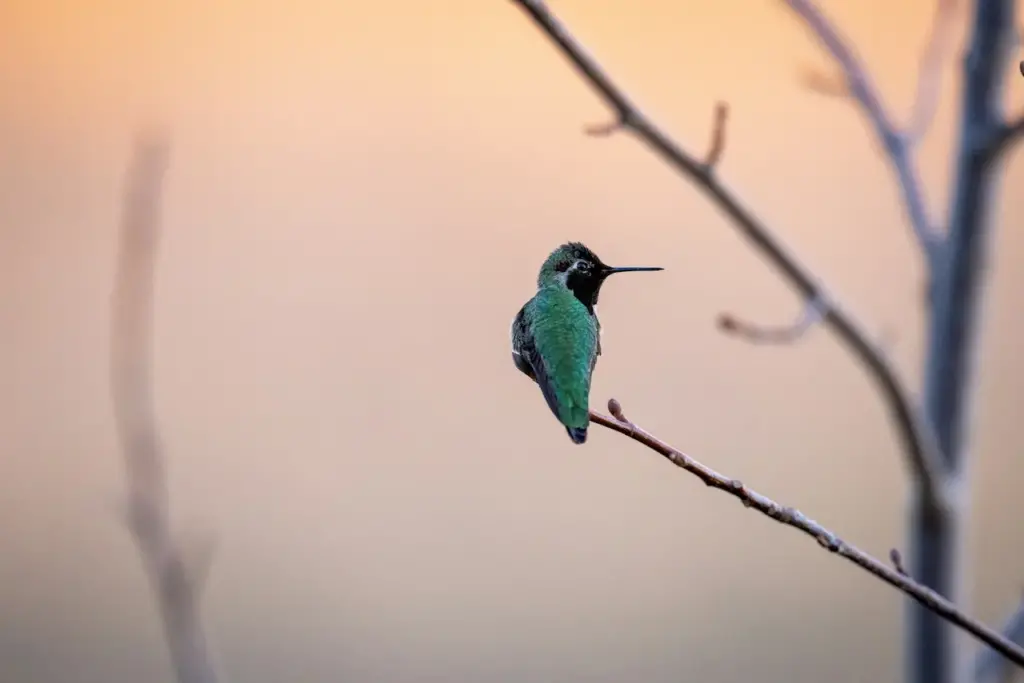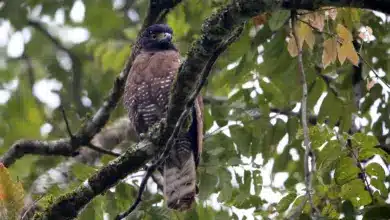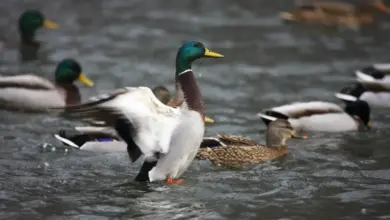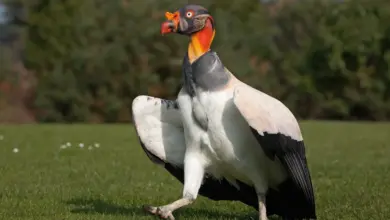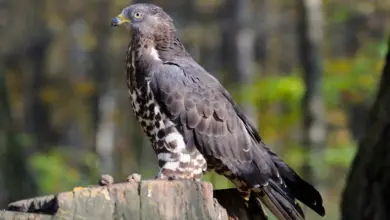What Colours Attract Hummingbirds?
What Colours Attract Hummingbirds To Your Garden?
Hummingbirds are attracted to certain colors of flowers that contain nectar, which is their main food source. Their excellent color vision allows them to spot brightly colored blossoms from afar.
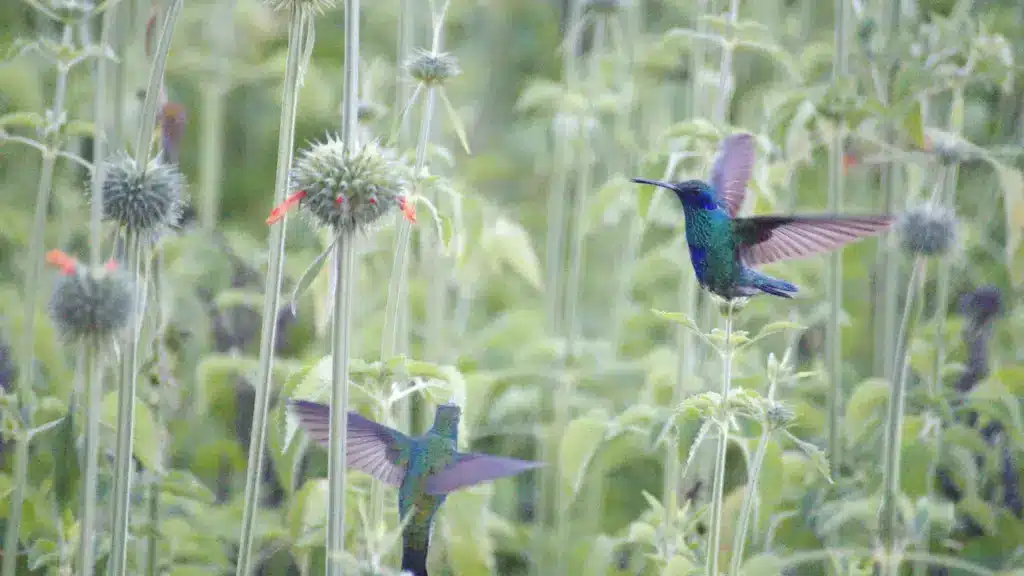
Understanding what colors attract hummingbirds can help gardeners design flower beds and hanging baskets to invite these special birds to visit.
In this article, we will provide an in-depth exploration of the science behind hummingbird vision, examine the specific flower colors and traits that appeal most to hummingbirds, discuss optimal garden layouts and planting strategies to attract hummers, and offer helpful tips for using preferred colors and flowers to create an abundantly hummingbird-friendly yard or garden space.
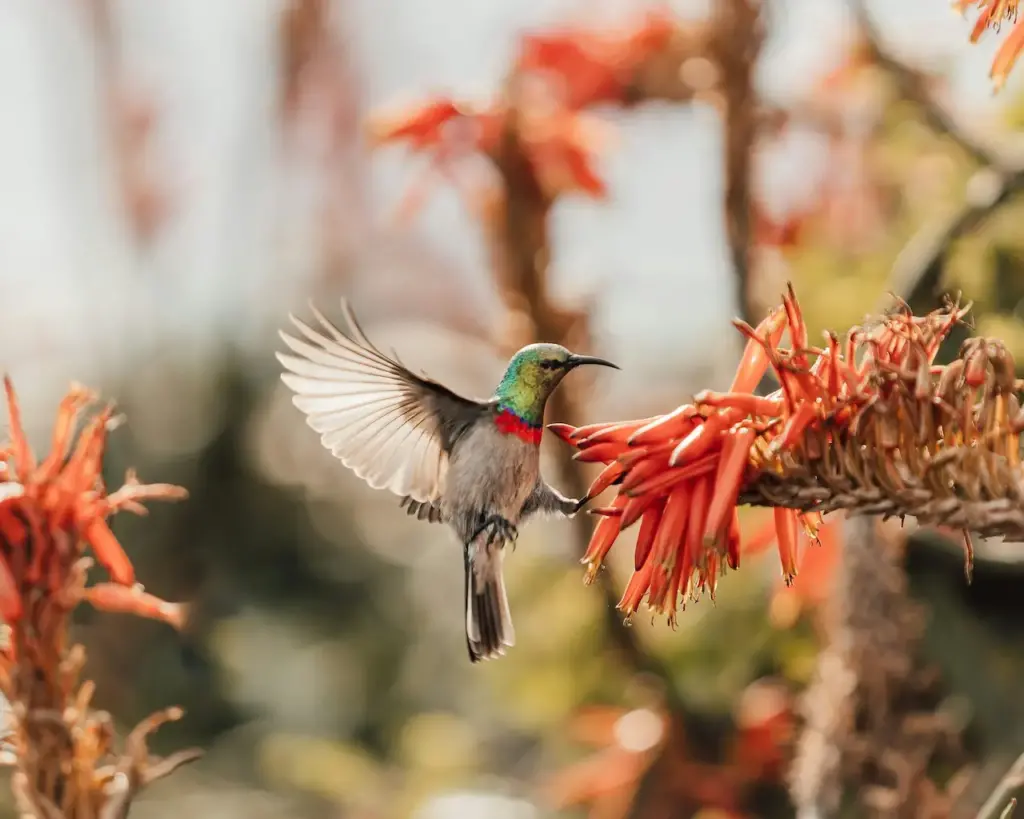
How Hummingbird Vision Works?
Hummingbirds have a remarkably acute vision that is uniquely adapted to detect and target flowers. Their eyes contain four types of cone cells that enable them to perceive a wider range of colors than humans can see.
This includes the ability to see ultraviolet light, which makes many flowers appear even more vibrant. Hummingbirds have cones that can detect red light, green light, blue light, and ultraviolet light.
Their retinas have more cones per square millimeter than any other vertebrate, giving them incredibly detailed color vision. Hummingbirds also have more neurons devoted to vision processing than most birds.
These neuronal adaptations allow hummingbirds to discriminate subtle differences in hue, intensity, and saturation of colors. This helps them identify the most nutrient-rich flowers.
Their brains even have a special region of color-sensitive neurons that react specifically to the color red, which aids them in seeking out red tubular flowers. The hummingbird visual system is innately engineered to excel at discerning and targeting the colors of flowers containing nectar.
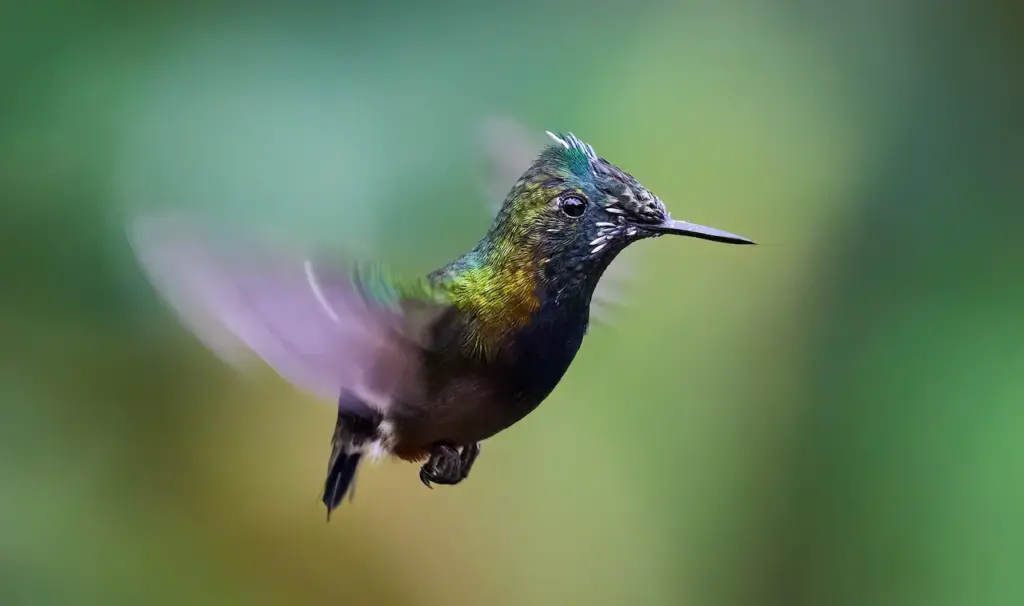
Red Flowers
Flowers in shades of red are supremely effective at attracting hummingbirds. Bright red blossoms send a strong visual signal advertising the presence of nectar. Red flowers provide excellent contrast against green foliage, which makes them stand out.
Their vibrant red hues take advantage of the hummingbird visual system’s special sensitivity to the color red. Studies demonstrate that hummingbirds react more strongly to red flower colors than other shades.
Red flowers also reflect UV light well, adding to their appeal. Some red blooms like fuchsias, bee balm, and columbines have floral guides that point the way to nectar. Tubular red flowers are perfectly adapted to a hummingbird’s feeding method.
There are many red flowering plants that can draw in hummingbirds. Trumpet vine or trumpet creeper has vivid orangey-red tubular flowers that hummingbirds love. The Cardinal flower produces tall spikes of bright red blossoms.
Coral honeysuckle is a red tubular vine to which hummingbirds are highly attracted. Fuchsias come in shades of reddish pink and purple with a specialized shape that conforms to a hummer’s bill and head.
Orange and Yellow Flowers
Hummingbirds are also highly responsive to flowers in warm, energetic tones of orange and yellow. Like red blossoms, these create a natural contrast against green foliage to stand out boldly.
Yellow and orange flowers often have a specialized tubular shape perfectly suited for a hummer’s bill.
Examples include the aptly named trumpet creeper vine, orange trumpet vine flowers, Indian blanket wildflowers, coral bells, honeysuckles, columbines, lilies, California fuchsia, and penstemons.
Pink and Purple Flowers
Flowers in softer pink and purple hues also catch the attention of passing hummingbirds. Bright fuchsias, pink Siberian bugloss, purple giant hyssop, pinkish-purple sage, and orchid-like Jacob’s ladders are some of the most popular.
Even though pink and purple flowers may be less easily visible from a distance, hummers will investigate them in search of nectar.
The cooler tones of light pinks and lavenders indicate nourishing floral resources.
Specialized Flower Adaptations
Some flowers have structural and chemical adaptations tailored specifically to attract and nourish hummingbird pollinators.
For example, many tubular orange flowers like trumpet vines match a hummingbird’s bill length and shape, making it easy for them to insert their bills completely and obtain the nectar.
Cup-shaped flowers match the small size of hummingbird heads and bills. Fuchsia flowers have a unique shape that corresponds perfectly with the head and bill of a foraging hummingbird.
Some flowers even produce extra sweet nectar with a higher sugar content to fuel a hummingbird’s high metabolism, like aloe and pineapple sage.
White and Other Cool Coloured Flowers
Flowers on the cooler end of the spectrum, like white and green blooms, do not have a strong visual appeal to hummingbirds. White flowers essentially disappear against the backdrop of foliage, presenting no distinct target.
Green flowers blend right into leaves, also producing little contrast. Other light colors, like pale blue or icy pink, also fail to grab a hummingbird’s attention from a distance.
While hummers may still visit them for nectar rewards if nearby, on their own, these colors simply lack the visual excitement and contrast needed to bring in hummingbirds from afar.
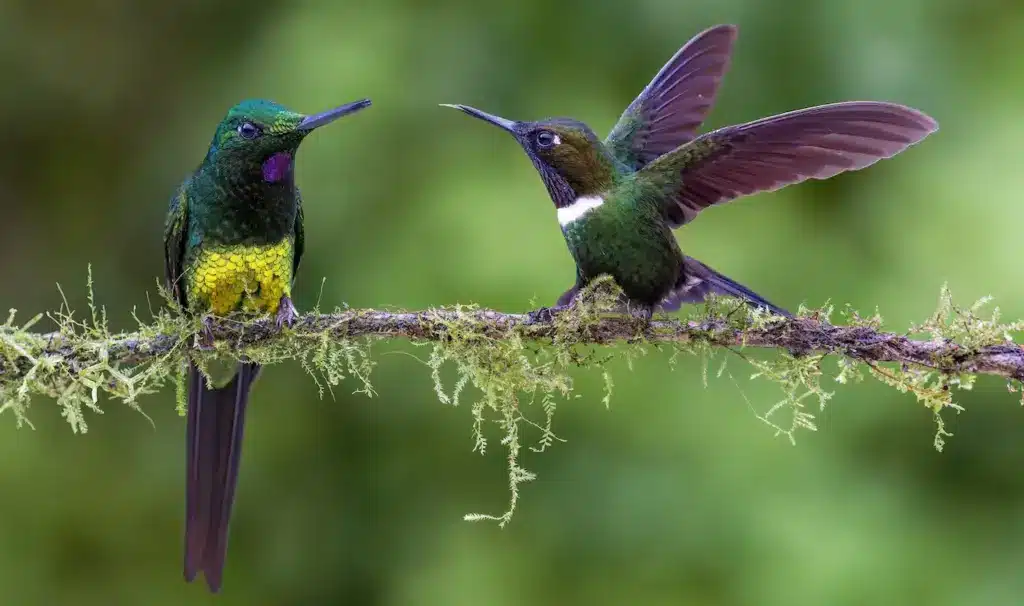
Impact of Flower Shape and Clustering
Flower shape and arrangement are also important factors in attracting hummingbirds, separate from color. Hummingbirds target flowers with a tubular or bell shape, which aligns with the form of their slender bills and tongues.
This makes it efficient for them to insert their beak and lap up nectar. Dense clusters of blossoms or closely packed beds provide abundant landing pads for hummingbirds to easily flit from bloom to bloom.
Isolated individual flowers, no matter how colorful, simply do not provide the concentrated feeding opportunity that massed blossoms do.
Benefits of Variety
The most effective strategy is to plant a diverse variety of flower colors, shapes, and species tailored to hummingbird appeal.
Having many different hummingbird-friendly plants ensures flowers at different heights, continuous seasonal bloom periods, and a combination of colors to make an area as attractive as possible at all times to hummingbirds.
Planting only a single type or color of bloom runs the risk of limited appeal if that flower is not currently at its peak.
Mixing many flowering plant species and colors ensures consistent appeal and constant availability of nectar to hummingbirds throughout the seasons.
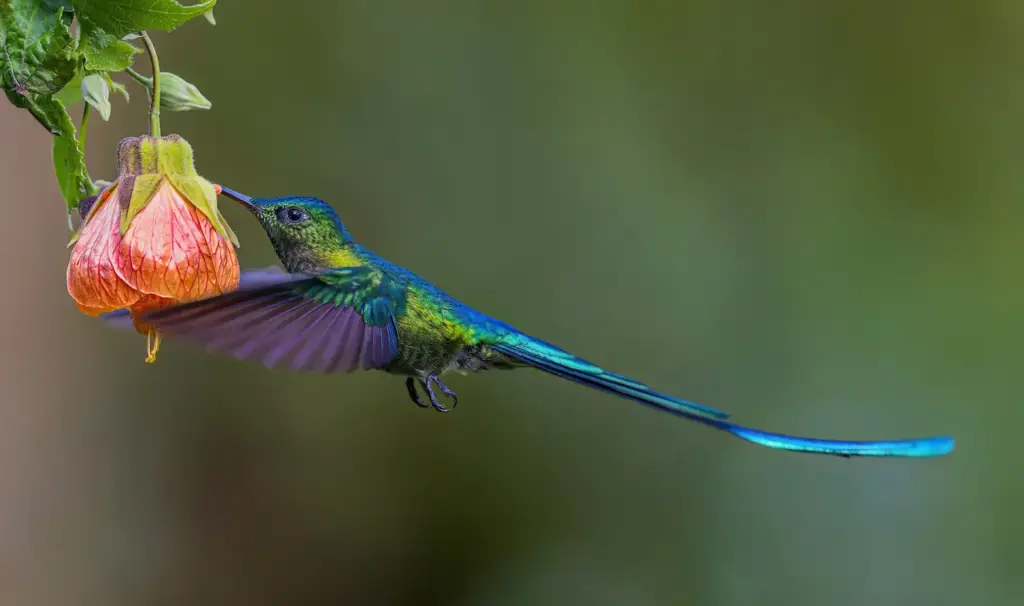
Application in Gardens
There are several strategies for applying these principles when planning garden spaces to attract hummingbirds.
First, make plant selections focused on choosing species and varieties that bloom in colors that appeal most to hummingbirds – abundant reds, oranges, yellows, pinks, and purples.
Incorporate a diversity of flower species to provide continuous blooms from spring through fall. Favor tubular and bell-shaped flowers suited to hummingbird bills and place these plants in dense clusters or beds of color to create concentrated feeding zones.
Use tall anchor plants like lilies or fuchsia in the rear with medium and short plants in front for best visibility. Supplement with annuals like zinnias, verbenas, or petunias in pots for seasonal color.
Hanging Baskets
Hanging baskets are an excellent way to incorporate colors and flowers, sure to attract hummingbird interest right along their flight paths.
For maximum appeal, fill baskets abundantly with trailing vines, dense cascading flowers, and tubular or bell-shaped blooms in reds, oranges, yellows, and pinks.
Fuchsias and petunias trailing over the edges of a basket filled with a fuchsia thriller plant and red or orange tubular flowers will grab attention.
Hummingbirds can easily approach suspended baskets from all angles, and the dense floral displays signal a rewarding feeding zone.
Enjoying this article? Also read: Attracting Hummingbirds
Conclusion
Understanding and implementing flower colors, shapes, and growing conditions that appeal specifically to hummingbirds is key to attracting them. Red, orange, yellow, and pink blossoms with tubular shapes that conform to hummingbird bills and heads are most attractive.
Providing flower diversity, season-long blooms, supplemental feeders, and a natural sheltering habitat encourages hummingbirds to take up residence.
By designing spaces using strategies that cater to hummingbird visual orientation, food preferences, and habitat needs, we can enjoy regular visits from these captivating, energetic birds.
With optimal flowers, plants, layouts, and cues, we can transform gardens into hummingbird havens that entice their return day after day.
